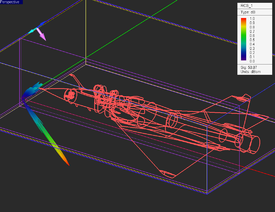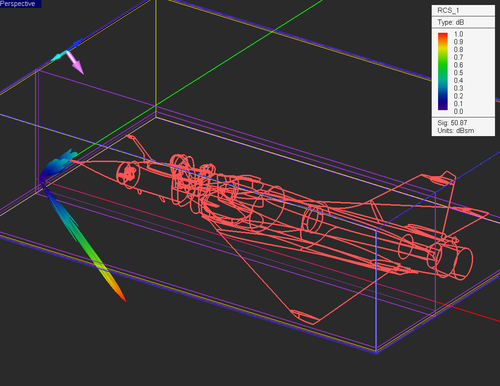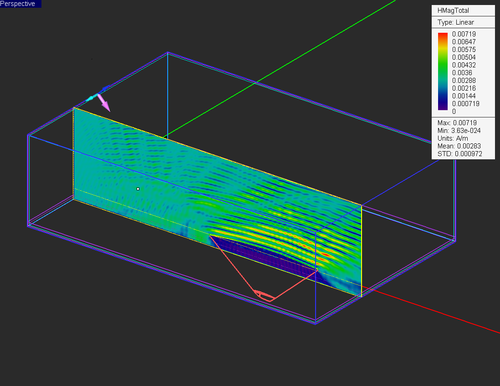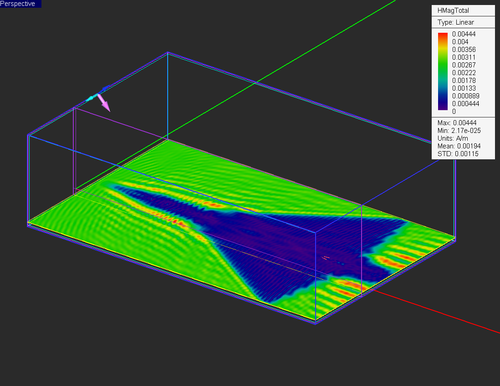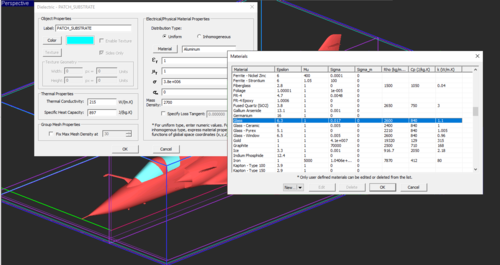Introduction
In this article, we compute the bistatic radar cross-section (RCS) of a Dassault Mirage III type fighter aircraft at 850 MHz with EM.Tempo. At 850 MHz, considerable computational resources are required to compute a full-wave result with EM.Tempo's FDTD solver.
Computational Environment
The Mirage III has approximate dimensions (length,wingspan,height) of 15m x 8m x 4.5m. Or, measured in terms of freespace wavelength at 850 MHz, 42.5 lambda x 22.66 lambda x 12.75 lambda. Thus, for the purposes of EM.Tempo, we need to solve a region of about 12,279 cubic wavelengths. For problems of this magnitude, a great deal of CPU memory is needed, and a high-performance, multi-core CPU is desirable to reduce simulation time.
Amazon Web Services allows one to acquire high-performance compute instances on demand, and pay on per-use basis. To be able to log into an Amazon instance via Remote Desktop Protocol, the EM.Cube license must allow terminal services (for more information, see EM.Cube Pricing). For this project, we used a c4.4xlarge instance running Windows Server 2012. This instance has 16 virtual CPUs, and 30 GiB of memory.
CAD Model
Project Setup
Results
mirage 1 850 MHz 5 hours, 50 minutes 270 million
